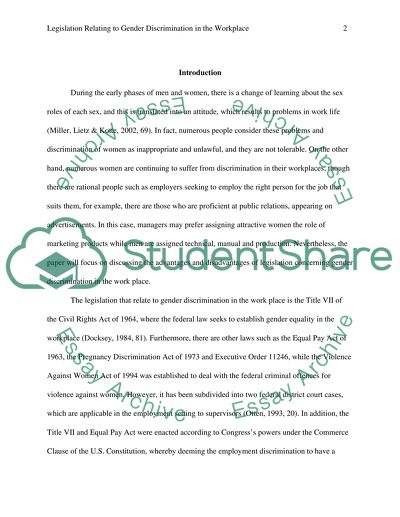Cite this document
(“Explain the advantages and disadvantages of legislation relating to Essay”, n.d.)
Retrieved from https://studentshare.org/gender-sexual-studies/1461115-explain-the-advantages-and-disadvantages-of
Retrieved from https://studentshare.org/gender-sexual-studies/1461115-explain-the-advantages-and-disadvantages-of
(Explain the Advantages and Disadvantages of Legislation Relating to Essay)
https://studentshare.org/gender-sexual-studies/1461115-explain-the-advantages-and-disadvantages-of.
https://studentshare.org/gender-sexual-studies/1461115-explain-the-advantages-and-disadvantages-of.
“Explain the Advantages and Disadvantages of Legislation Relating to Essay”, n.d. https://studentshare.org/gender-sexual-studies/1461115-explain-the-advantages-and-disadvantages-of.


